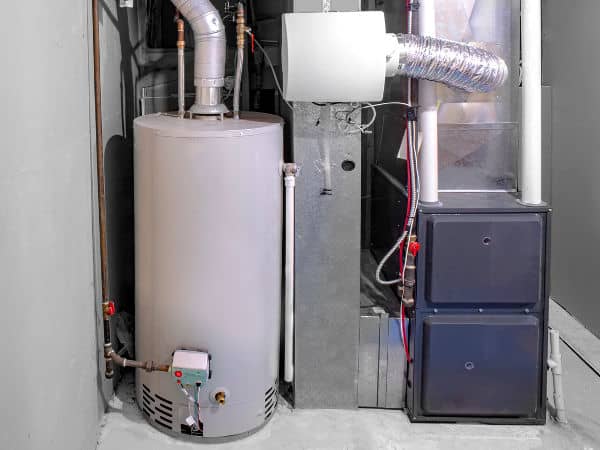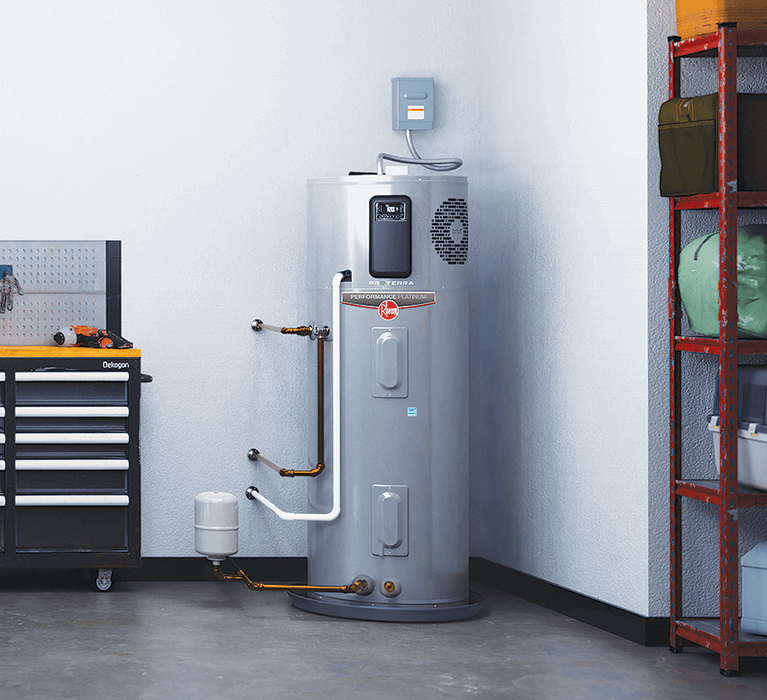Maintaining Your Home's Hot Water System: Essential Tips
Maintaining Your Home's Hot Water System: Essential Tips
Blog Article
Just how do you feel about What Kind of Maintenance Do Water Heaters Need??

Warm water is vital for daily convenience, whether it's for a rejuvenating shower or cleaning meals. To ensure your warm water system runs successfully and lasts much longer, regular upkeep is vital. This write-up gives sensible pointers and insights on just how to preserve your home's warm water system to prevent disruptions and pricey repair services.
Introduction
Keeping your home's warm water system may seem overwhelming, but with a couple of basic steps, you can guarantee it operates smoothly for several years to find. This guide covers everything from recognizing your hot water system to DIY upkeep ideas and knowing when to employ expert help.
Importance of Maintaining Your Warm Water System
Normal upkeep not just prolongs the lifespan of your warm water system however also ensures it runs successfully. Overlooking maintenance can bring about lowered effectiveness, higher energy costs, and also premature failure of the system.
Signs Your Warm Water System Requirements Maintenance
Recognizing when your warm water system requires interest can avoid major issues. Keep an eye out for indications such as inconsistent water temperature level, unusual noises from the heater, or rusty water.
Understanding Your Warm Water System
Prior to diving right into maintenance tasks, it's useful to understand the basic parts of your warm water system. Normally, this includes the water heater itself, pipelines, anode poles, and temperature controls.
Monthly Upkeep Tasks
Routine regular monthly checks can help catch small problems before they escalate.
Purging the Hot Water Heater
Purging your water heater removes debris accumulation, enhancing efficiency and lengthening its life.
Monitoring and Replacing Anode Rods
Anode poles avoid corrosion inside the container. Checking and replacing them when broken is vital.
Examining and Changing Temperature Setups
Adjusting the temperature level settings makes sure optimal efficiency and safety.
DIY Tips for Maintenance
You can execute a number of upkeep tasks on your own to keep your warm water system in leading condition.
Looking for Leaks
On a regular basis inspect pipelines and connections for leaks, as these can bring about water damage and greater costs.
Evaluating Stress Relief Valves
Checking the pressure safety valve guarantees it functions properly and prevents extreme stress buildup.
Protecting Pipelines
Insulating hot water pipelines lowers warmth loss and can save energy.
When to Call a Specialist
While DIY maintenance is helpful, some issues need expert expertise.
Complicated Issues Requiring Expert Aid
Examples consist of major leaks, electric problems, or if your hot water heater is consistently underperforming.
Regular Specialist Maintenance Perks
Professional maintenance can consist of comprehensive evaluations, tune-ups, and guaranteeing conformity with safety and security requirements.
Final thought
Normal maintenance of your home's hot water system is necessary for performance, long life, and cost savings. By adhering to these ideas and recognizing when to look for professional assistance, you can make certain a dependable supply of hot water without unforeseen interruptions.
How to Maintain an Instant Hot Water Heater
Before tinkering with your hot water heater, make sure that it’s not powered on. You also have to turn off the main circuit breaker and shut off the main gas line to prevent accidents. Also turn off the water valves connected to your unit to prevent water from flowing into and out of the appliance. 2. When you’re done, you have to detach the purge valves’ caps. These look like the letter “T†and are situated on either side of the water valves. Doing so will release any pressure that has accumulated inside the valves while at the same time avoid hot water from shooting out and burning your skin. 3. When the purge valves’ caps are removed, you have to connect your hosing lines to the valves. Your unit should have come with three hoses but if it didn’t, you can purchase these things from any hardware or home repair shops. You can also get them from retail stores that sell water heating systems. Read the user’s manual and follow it to complete this task properly. When the hosing lines are connected, open the purge port’s valves. 4. You should never use harsh chemical cleaners or solutions when cleaning your unit. Make use of white vinegar instead. It should be undiluted and you’ll probably use about 2 gallons. 5. Now flush your water heater. This task should probably take about 40 minutes. We can’t give you specific directions for this because the procedure is carried out depending on the type, model and brand of your heater. With that being said, refer to the user’s manual. 6. When you’re done draining the unit, you have to turn off the purge port valves again. Remove the hosing lines that you earlier installed on each of the water valves. Put the valve caps (purge port) back in their respective places and be very careful so as not to damage the rubber discs that are found inside these caps. 7. Now that everything’s back in place, check your user’s manual again to find out how to reactivate your water heating system. 8. Once it is working, turn one of your hot water faucets on just to let air pass through the heater’s water supply pipes. Leave the tap on until water flows smoothly out of it. https://www.orrplumbing.com/blog/2014/september/how-to-maintain-an-instant-hot-water-heater/

We had been brought to that report about Tips on Maintaining a Water Heater through a friend on a different website. Enjoyed our posting? Please share it. Let someone else check it out. Many thanks for going through it.
Get Started Report this page